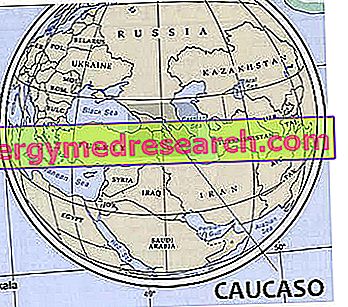In common parlance, the term "Caucasian race" identifies white-skinned subjects. Johann Friedrich Blumenbach (1752-1840) was the first to claim that the origins of the white race were to be sought in the Caucasus region; the scholar came to this consideration on the basis of the legendary beauty of the inhabitants of these lands and on the harmoniousness of their skeleton (in particular of the skull). According to the theories of the time, the Caucasian was the original human race, from which all the others were detached; on the basis of an empirical consideration, in fact, it was believed that pale skin could darken, but that the reverse phenomenon was not possible.

Today, the terms "Caucasian" and "Caucasian race" are largely separated from any racist meaning; in medicine, in particular, they are used in a generic sense as synonyms of "white-skinned people".
The need to distinguish Caucasians from black-skinned individuals and Asians in certain contexts derives from the different incidence of certain diseases and conditions, from the organism's different response to certain drugs and from particular physical characteristics, such as the body surface. We know, for example, that lactose intolerance is much more common in African Americans than in North European Caucasians; in Asian women hot flashes are very rare during menopause, while they are quite frequent in Caucasian women, among other things more prone to osteoporosis than black ones.



